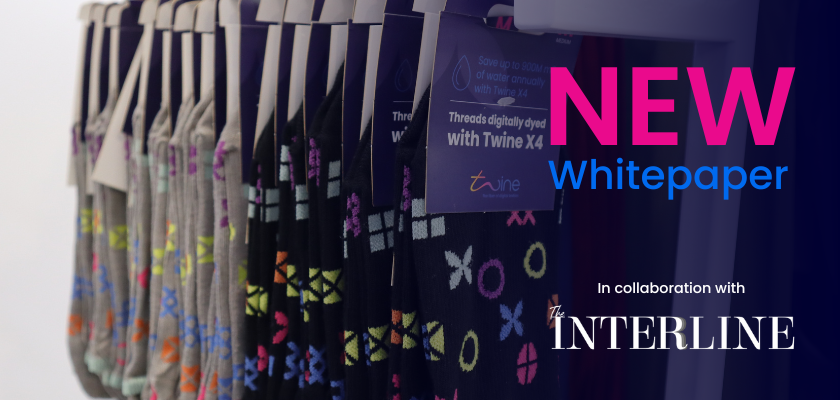What comes to mind when thinking about the fashion industry? For most, the fashion industry is known for its fast-paced and ever-changing nature, but it wasn’t always like this.
In the past, fashion brands, from the high to the most small and basic, would release two collections a year, Spring/Summer and Autumn/Winter, to cater for the seasons of the year. Garments were costly, and considered to be an investment for several years, leaving people with a very lean wardrobe. As the years progressed, the changes in our lifestyle, the evolving technology and the rise of consumerism lead to the appearance of trends. This created a demand for more collections and a need for more variety in clothes.
The last 20 years were a turning point for the fashion industry, with the addition of two new collections (Resort and Pre-Fall) and the emergence of fast-fashion brands, releasing a whopping 20 to 40 collections a year in order to keep up with ever-changing fashion trends which for the first time led by the consumers.
But it’s not just fashion trends that have created this phenomenon. The penetration of social media to our day-to-day lives had a magnifying effect on the impact of trends on the fashion industry. In the realm of social media, not all trends are researched and predicted in advance, as some spawn from the organic activity of users, while other trends are enhanced by influencers and celebrities using their platforms to promote them.
The rhythm of the fashion industry has changed, trends constantly come and go, and thanks to social media, what is popular one day may be out of style the next. This constant change affects not only the design of garments but also the supply chain that supports their production.
Brands and manufacturers produce items quickly to meet the demand for current trends and to be the first to go to market, while still facing the challenge of long lead time required for sourcing and procuring raw materials like fabrics, threads and accessories. Weeks go by waiting for materials to arrive, delaying the production timelines, and making manufacturers miss their quick response to the trend. In this industry, if you are not quick enough to respond to the latest trend, you are simply “out”.
A great example for an emerging trend is the Barbiecore. Influenced greatly by pop culture and the upcoming Barbie movie, along with Valentino’s Pink Fall/Winter 2022-2023 collection, the Barbiecore’s essential component is the color pink, in all its vibrant shades. Celebrities started dressing according to the trend, and soon after, fast-fashion brands responded to the raising popularity of the Barbiecore, as garments inspired by it started popping in stores.



But what happens when a need for a unique/specific color is becoming relevant but the brand or designer cannot find it as a raw material in stock? The brands are on a constant search for the new, but sometimes the “new” is not available.
Just imagine how much time and money could be saved if manufacturers could dye their own threads and yarns – without being dependent on long lead times or on a restricted catalog given to them by dye-houses. Twine’s digital thread and yarn dyeing technology makes this vision a reality.
Twine’s waterless technology dyes white or raw thread and yarn in thousands of colors, on-demand and ready for immediate use. Because it’s a digital solution, brands can easily respond to current color trends as fast as possible, and can even cater to unique and unexpected color trends that enter the market. Another important benefit of Twine technology to the fashion industry is the “no minimum order quantity”. Brands and manufacturers can dye the exact quantity of threads and yarns they need without overstocking their warehouse.

The fashion industry has undergone a major, trend-driven, transformation in the past two decades that poses countless challenges on the supply chain as we know it. Twine’s digital thread and yarn dyeing technology offers a solution to these challenges, providing an on-demand dyeing system, allowing the user to dye in thousands of colors and free themselves from minimum order quantities. With Twine, the fashion industry can continue to meet the demands of fashion trends while minimizing waste and maximizing efficiency.









